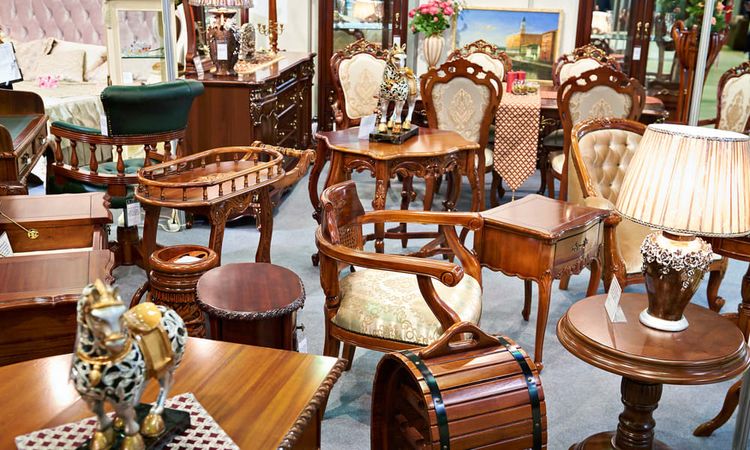Wigs for Older Women: A Practical Guide to Choosing, Fitting, and Caring for Your Wig
Selecting the right wig can restore confidence and offer versatility in appearance, particularly for mature women experiencing hair thinning or loss. This comprehensive guide explores the essential factors to consider when choosing a wig, from understanding material differences to ensuring proper fit and maintenance. Whether you are new to wearing wigs or seeking to refine your selection process, understanding the nuances of wig types, fit, styling, and care will help you make an informed decision that enhances comfort and natural appearance.
Finding the perfect wig involves more than simply selecting an attractive style. For older women, considerations such as comfort, realistic appearance, ease of maintenance, and compatibility with sensitive scalps become paramount. Modern wigs offer remarkable quality and variety, making it easier than ever to find options that suit individual needs and preferences.
Types of Wigs: Synthetic vs. Human Hair
One of the first decisions when purchasing a wig is choosing between synthetic and human hair options. Synthetic wigs are crafted from manufactured fibers designed to mimic natural hair. They typically come pre-styled and hold their shape well, requiring minimal maintenance. These wigs are generally more affordable and offer excellent color consistency. However, they have limited heat styling capabilities and may have a shorter lifespan compared to human hair alternatives.
Human hair wigs provide the most natural look and feel. They can be styled with heat tools, dyed, and treated much like your own hair. This versatility allows for greater customization and a more personalized appearance. Human hair wigs tend to be more expensive and require regular maintenance similar to natural hair care routines, including washing, conditioning, and styling. For mature women seeking the most realistic option and who enjoy styling flexibility, human hair wigs often represent the preferred choice despite the higher investment.
Measuring and Ensuring a Comfortable Fit
Proper fit is crucial for both comfort and natural appearance. To measure your head accurately, use a soft measuring tape to determine the circumference by wrapping it around your head approximately half an inch above your ears and across the hairline. Measure from your front hairline to the nape of your neck, from ear to ear across the top, and from temple to temple across the back.
Most wigs come in standard sizes: petite, average, and large. Many modern wigs feature adjustable straps and hooks inside the cap that allow for customization within a size range. A properly fitted wig should feel secure without causing pressure points or headaches. The front hairline should sit naturally on your forehead, and the wig should not shift during normal activities. When trying on wigs, wear them for at least 15 minutes to assess comfort levels and identify any areas that may cause irritation over extended wear.
Choosing Styles and Colors for Mature Faces
Selecting flattering styles and colors enhances natural beauty and complements mature features. Shorter to medium-length styles often work well for older women, as they tend to be lighter, easier to manage, and can create a youthful, fresh appearance. Layered cuts add volume and movement, which can soften facial features and provide a more natural look.
When choosing color, consider your skin tone and natural coloring. Warmer skin tones typically pair well with golden, honey, or auburn shades, while cooler skin tones complement ash, platinum, or cool brown hues. Many women find that going slightly lighter than their original hair color can brighten the complexion and create a more youthful effect. Multi-tonal or highlighted wigs often appear more natural than single-color options, as they mimic the dimensional quality of natural hair. Avoid colors that are too dark or too light, as extreme contrasts can appear harsh against mature skin.
Comfort, Scalp Sensitivity, and Cap Construction
Cap construction significantly impacts comfort, particularly for women with sensitive scalps or experiencing hair loss. Several cap types are available, each with distinct characteristics. Traditional wefted caps feature rows of hair sewn onto a breathable base and are typically the most affordable option. Monofilament caps use a thin, breathable fabric that creates the illusion of natural hair growth from the scalp and offers excellent comfort for sensitive skin.
Lace front wigs feature a sheer lace panel along the front hairline, allowing for natural-looking styling away from the face. Full lace wigs provide the most versatility in parting and styling but come at a higher price point. For women with scalp sensitivity, look for caps with soft, hypoallergenic materials and adequate ventilation to prevent irritation and allow air circulation. Some caps include silicone strips or gel bands for secure, gentle hold without adhesives.
Care, Maintenance, and Simple Styling Tips
Proper care extends the life of your wig and maintains its appearance. Synthetic wigs should be washed every 6-8 wears using specially formulated synthetic wig shampoo and cold water. Gently swish the wig in the water, rinse thoroughly, and allow it to air dry on a wig stand. Avoid heat styling unless the wig is specifically labeled as heat-friendly.
Human hair wigs require washing every 7-10 wears using sulfate-free shampoo and conditioner. Apply products gently, avoiding rubbing or twisting, and rinse with cool water. Pat dry with a towel and allow to air dry or use low heat styling tools. Between washes, store your wig on a wig stand or mannequin head to maintain its shape and prevent tangling.
For daily styling, use a wide-tooth comb or wig brush designed specifically for wigs, starting from the ends and working upward to prevent damage. Apply leave-in conditioner or wig-specific products sparingly to maintain softness without weighing down the hair. Avoid sleeping in your wig when possible, and protect it from excessive sun exposure, chlorine, and salt water.
Conclusion
Choosing and caring for a wig involves understanding your specific needs, preferences, and lifestyle. By considering material types, ensuring proper fit, selecting flattering styles and colors, prioritizing comfort through appropriate cap construction, and following proper maintenance routines, older women can enjoy the confidence and versatility that quality wigs provide. Taking time to research options and invest in a well-constructed wig that suits your individual requirements will result in a more satisfying and comfortable experience.





